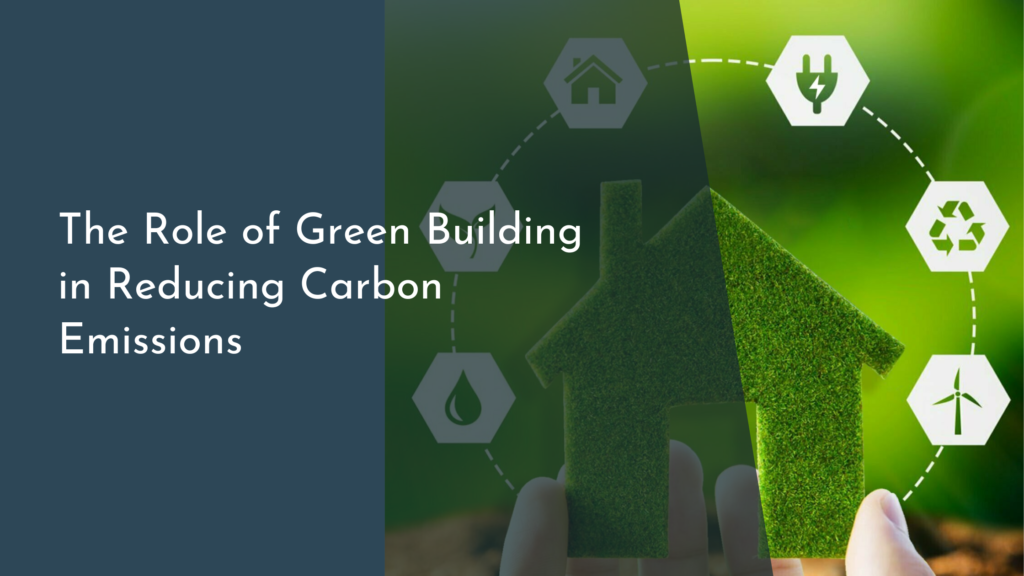Integrating Wind Farms with Hydrogen Facilities
The global shift towards sustainable energy sources has led to exciting innovations in renewable technologies. Among these, the integration of wind farms with hydrogen production facilities stands out as a powerful solution to meet the world’s growing energy demands while combating climate change. This synergy harnesses the abundant energy generated by wind to produce green hydrogen, a clean fuel that can be utilized across various sectors. As we delve into this subject, we will explore how wind energy and hydrogen production can work hand-in-hand to create a sustainable future.
Harnessing the Power of Wind for Green Hydrogen Production
Wind energy has emerged as one of the most efficient renewable sources, contributing significantly to the global energy mix. With advancements in turbine technology, modern wind farms can generate vast amounts of electricity, particularly in areas where wind resources are plentiful. This clean electricity can be directly utilized to power electrolyzers, which split water into hydrogen and oxygen through a process called electrolysis. The resulting hydrogen is often referred to as "green hydrogen" when produced using renewable electricity, making it a sustainable alternative to fossil fuels.
In addition to reducing greenhouse gas emissions, this method of hydrogen production offers a remarkable opportunity to utilize excess energy generated by wind farms during peak production periods. Instead of wasting this surplus energy, it can be converted into hydrogen, which can be stored and transported for future use. This process not only maximizes efficiency but also contributes to a more stable energy grid, enabling the integration of renewable sources into traditional energy systems.
The Synergy Between Wind Farms and Hydrogen Facilities
The combination of wind farms and hydrogen production facilities creates a powerful synergy that enhances the viability of both technologies. Wind farms can operate independently, generating electricity, but when paired with hydrogen facilities, they gain an additional revenue stream. Hydrogen production can be ramped up or down according to the availability of wind energy, allowing operators to optimize their operations and provide a steady supply of hydrogen to various markets, such as transportation and industrial applications.
Moreover, this integration serves to stabilize the energy grid. Wind energy is inherently variable, with output fluctuating based on weather conditions. By coupling wind farms with hydrogen production, excess energy can be stored as hydrogen during periods of high wind generation. This stored hydrogen can then be converted back into electricity or used directly as fuel when wind generation is low, offering a reliable solution to energy storage challenges and reinforcing energy security.
Benefits of Combining Wind Energy and Hydrogen Solutions
The benefits of integrating wind farms with hydrogen production extend beyond just resilience and efficiency. One of the most significant advantages is the potential for job creation in emerging sectors. As the demand for green hydrogen grows, new opportunities will arise in manufacturing, maintenance, and operations related to both wind energy and hydrogen technologies. This integration will contribute to a green economy, fostering innovation and attracting investment in sustainable projects.
Additionally, this combination can contribute to decarbonizing hard-to-abate sectors, such as heavy transportation and industrial processes. Hydrogen can be used as a clean fuel in hydrogen fuel cell vehicles, reducing reliance on fossil fuels and lowering emissions. In industries like steel production, hydrogen can serve as a reducing agent to replace fossil fuels, which can significantly reduce carbon footprints. By harnessing wind energy to produce hydrogen, we can tackle climate change while also creating a cleaner, greener economy.
Future Prospects: A Bright Path for Clean Energy Integration
Looking ahead, the integration of wind farms and hydrogen facilities appears to be a promising avenue for advancing clean energy solutions. As governments and organizations worldwide set ambitious carbon neutrality goals, the demand for green hydrogen is expected to grow exponentially. This trend will likely drive technological advancements, improve efficiencies, and reduce costs associated with both wind energy and hydrogen production, making them increasingly competitive with traditional fossil fuels.
Furthermore, the ongoing development of hydrogen infrastructure, including pipelines and refueling stations, will complement this integration. With a well-established hydrogen supply chain, we can expect to see a significant transition towards a hydrogen-based economy, supporting various sectors and enhancing energy security. By investing in this synergy today, we are paving the way for a sustainable and prosperous future, where clean energy will play a vital role in powering our lives.
In conclusion, the integration of wind farms with hydrogen production facilities offers an exciting pathway toward a cleaner, more sustainable energy future. By harnessing the power of wind, we can produce green hydrogen that not only benefits the environment but also supports economic growth and energy security. As we continue to innovate and expand these technologies, we can expect a brighter tomorrow fueled by the endless potential of renewable energy. Together, we can build a greener world where clean energy thrives, ensuring a healthier planet for generations to come.

